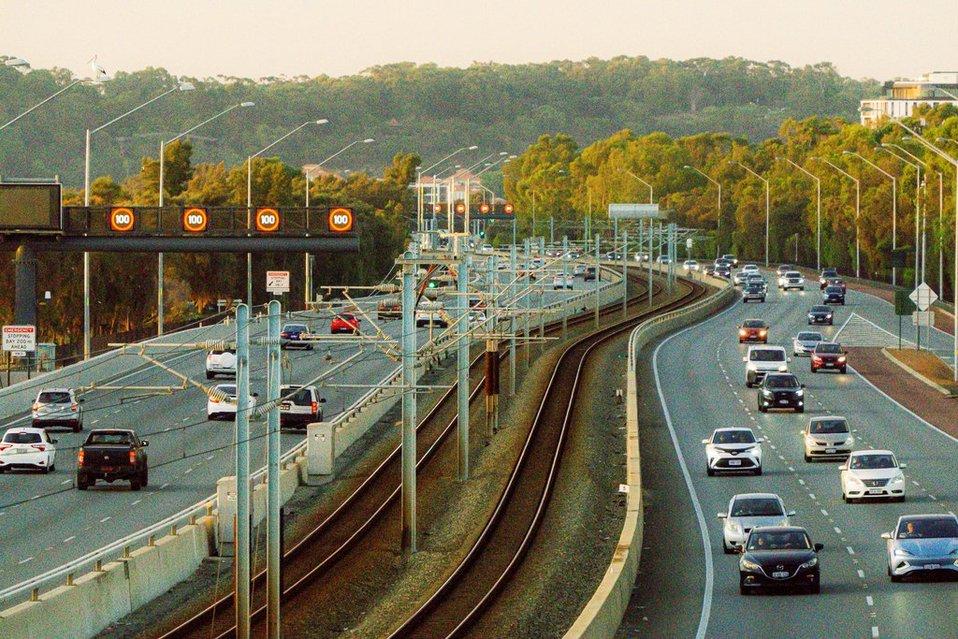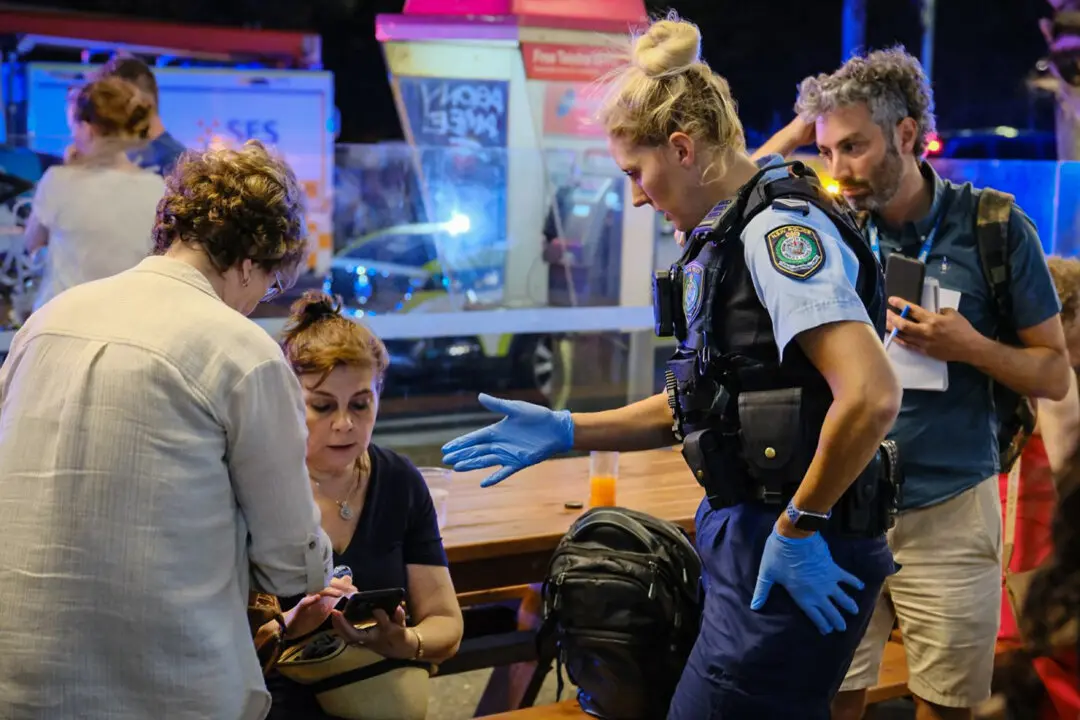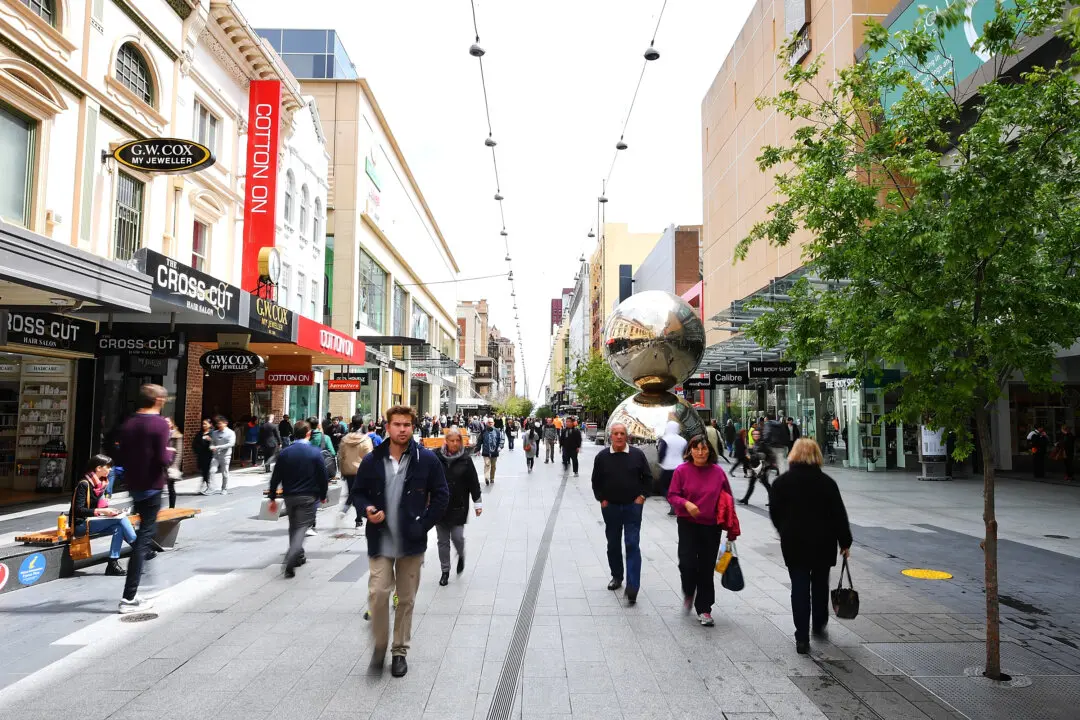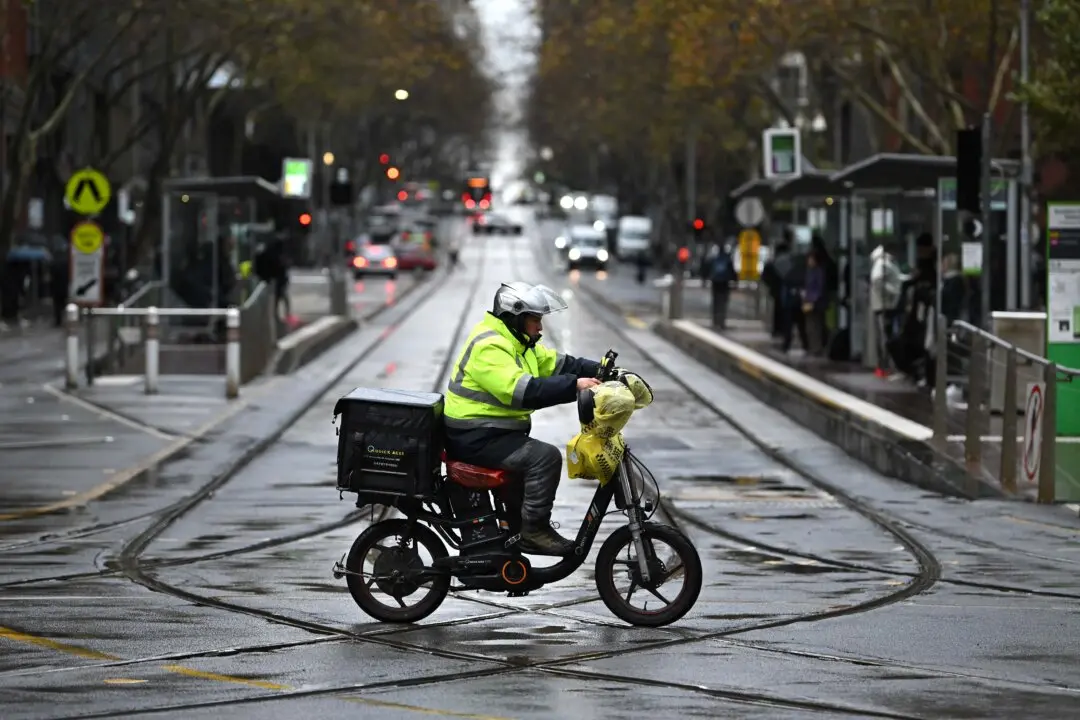The New South Wales (NSW) government has pledged $5 million (US$3.1 million) towards the trialling of smart technology on regional highways in the state.
Most of the technology will be powered by wireless solar energy systems that the government claims can be installed “relatively cheaply.”





